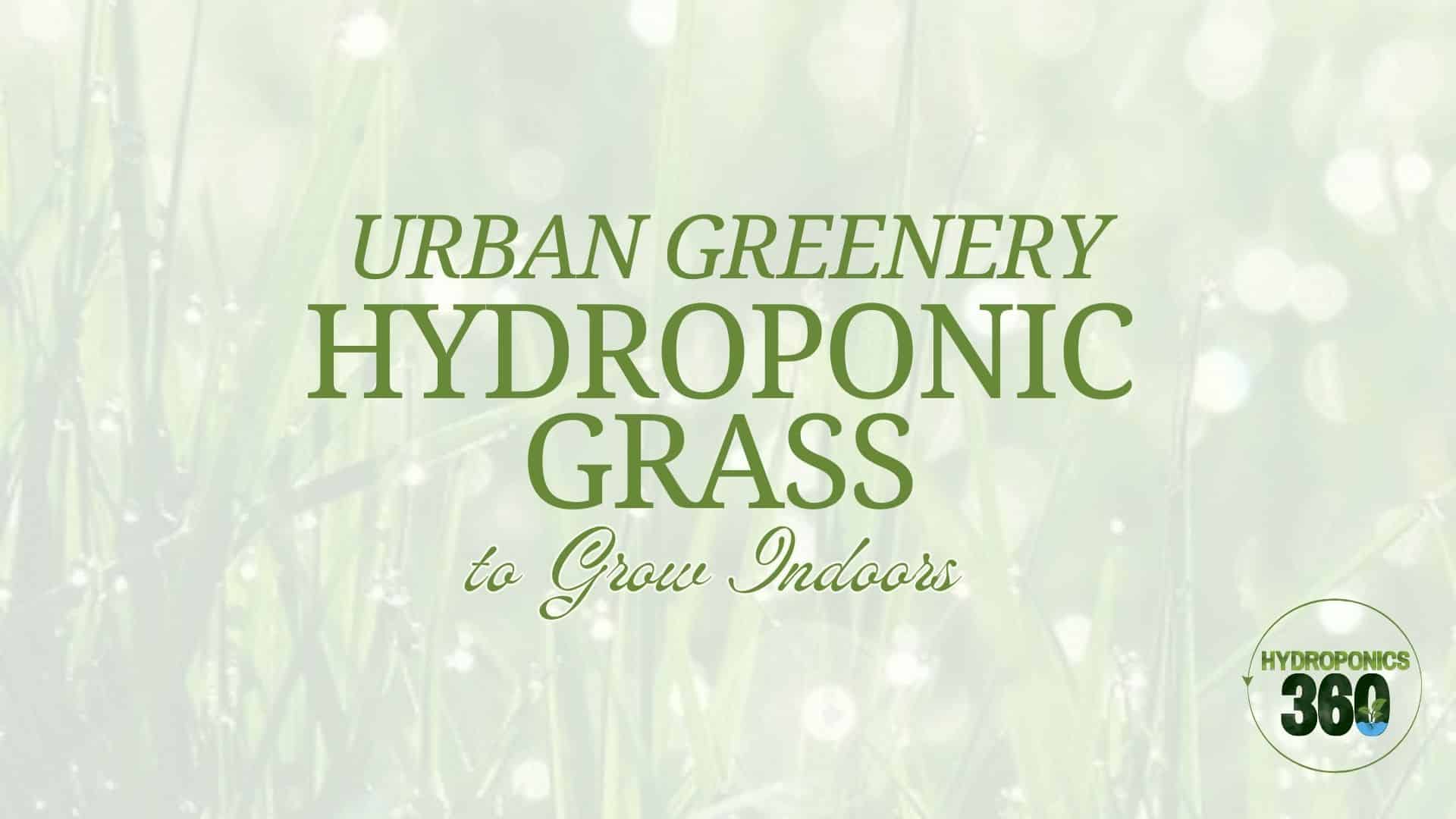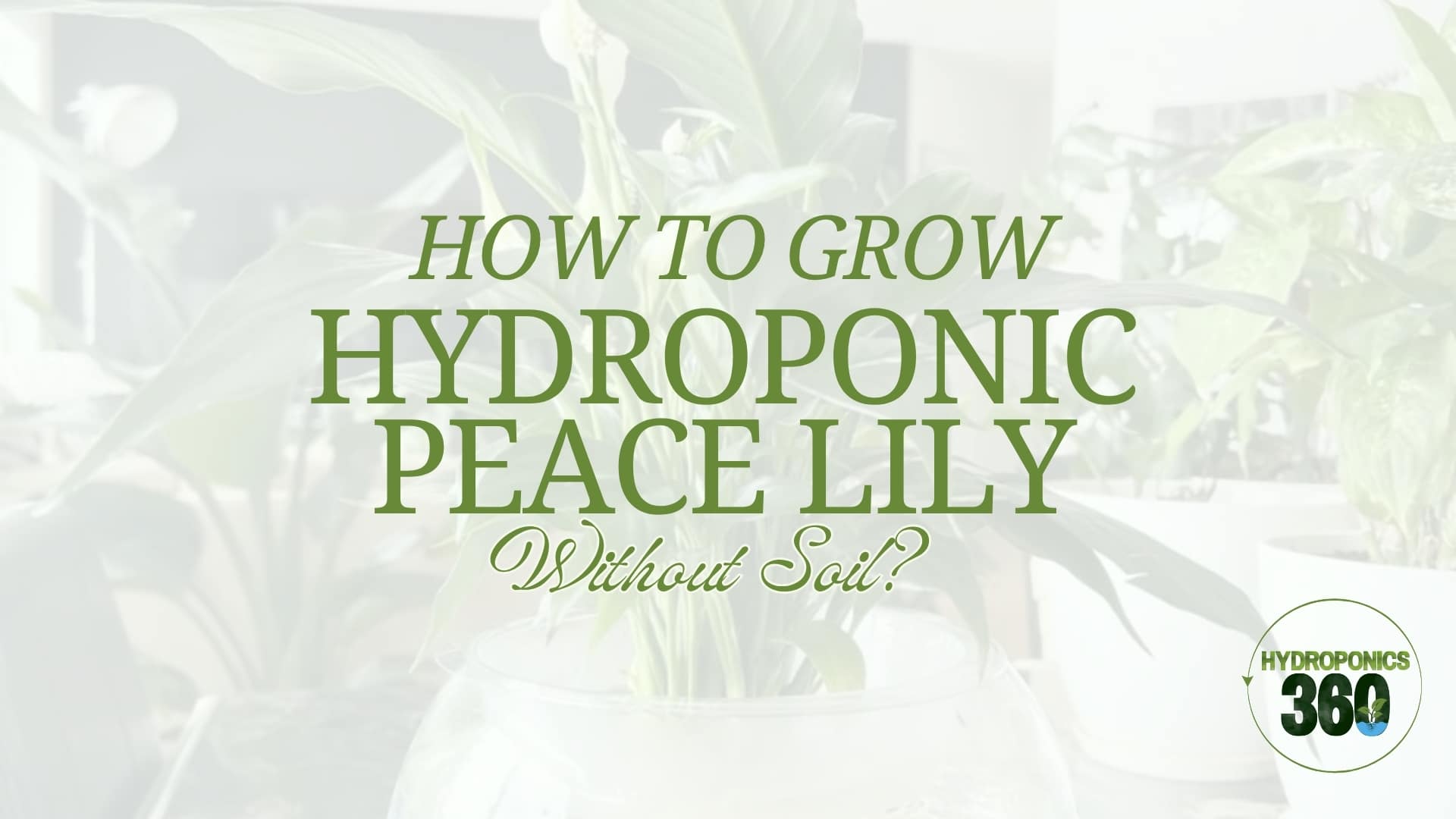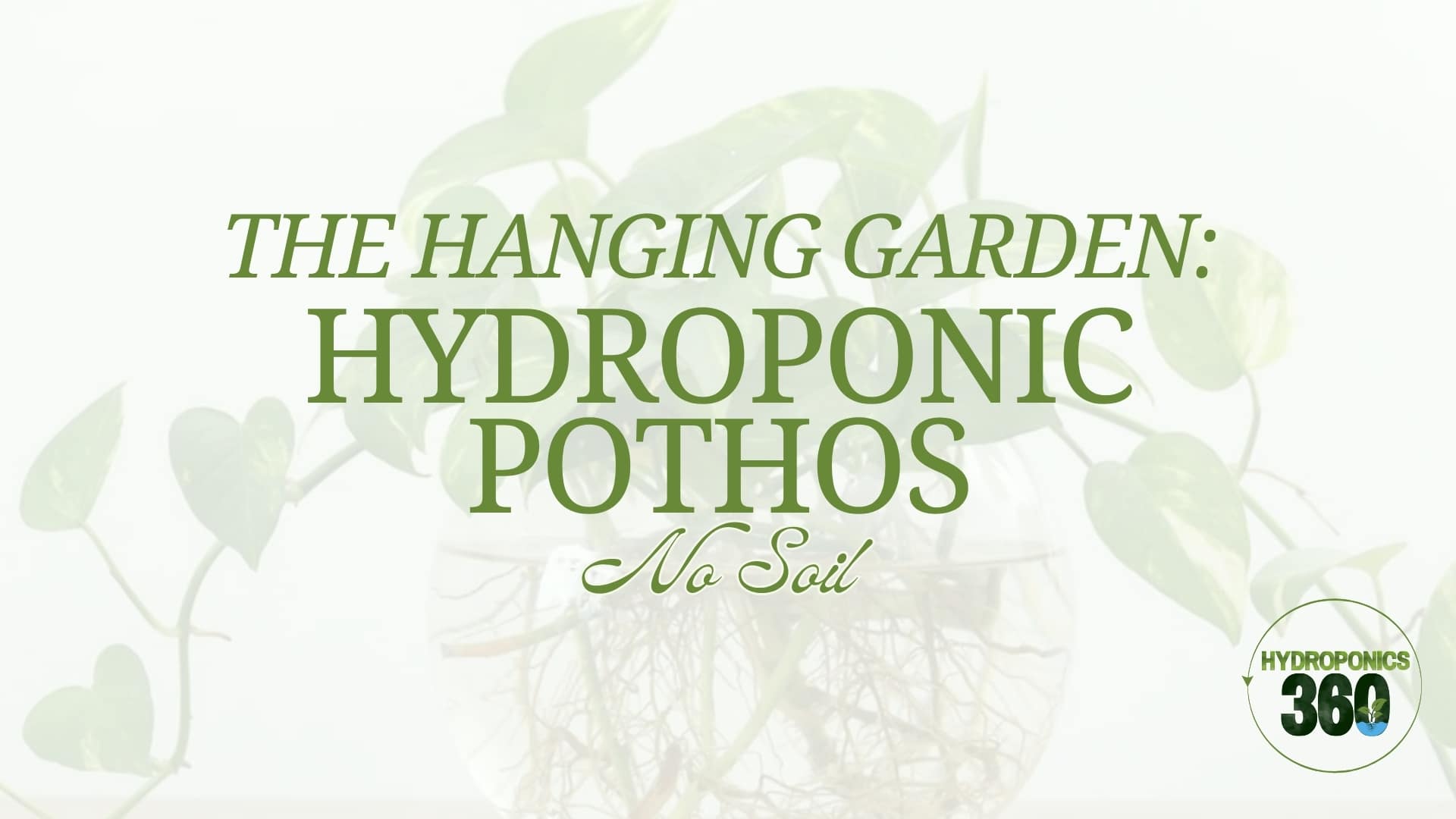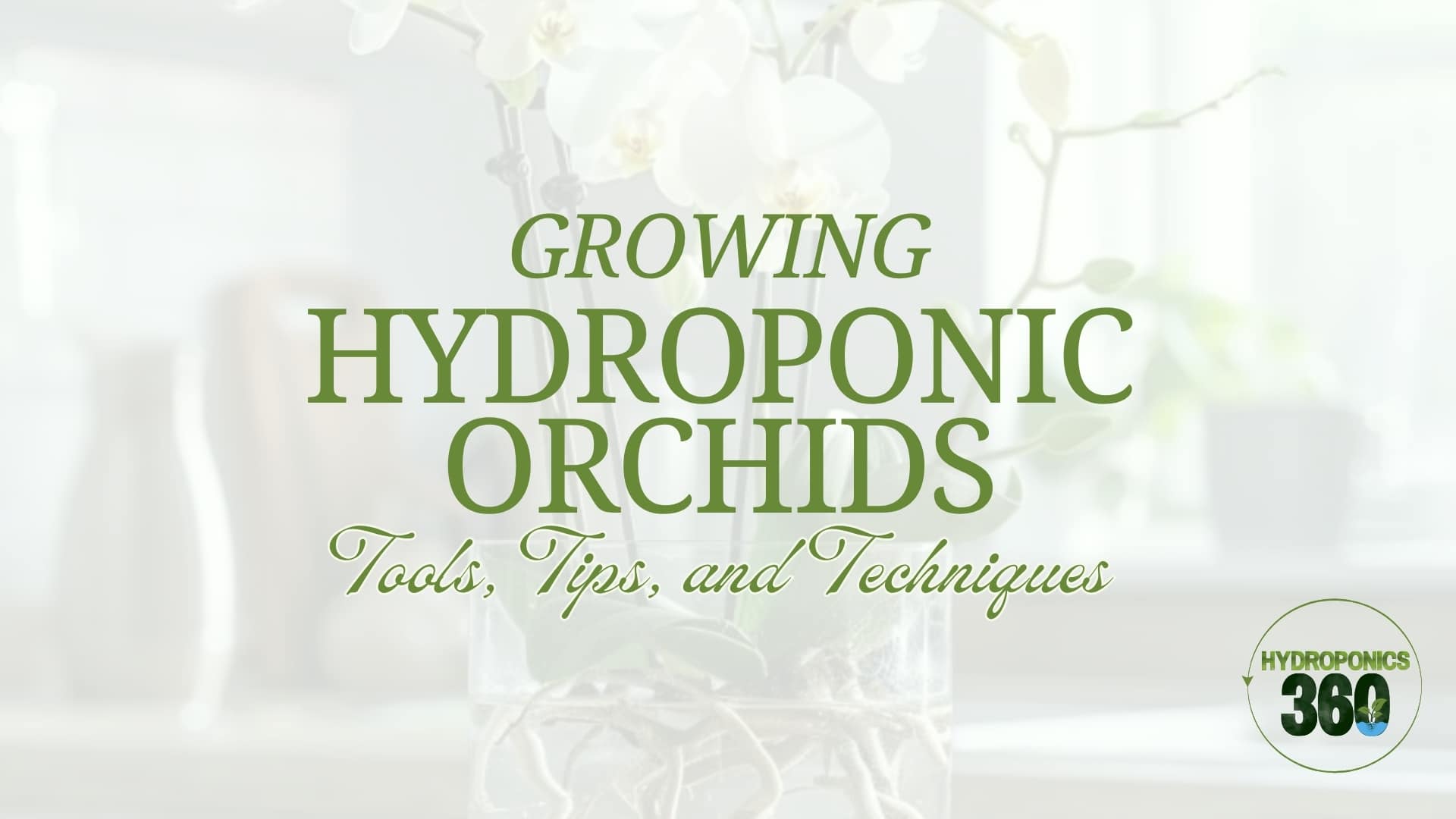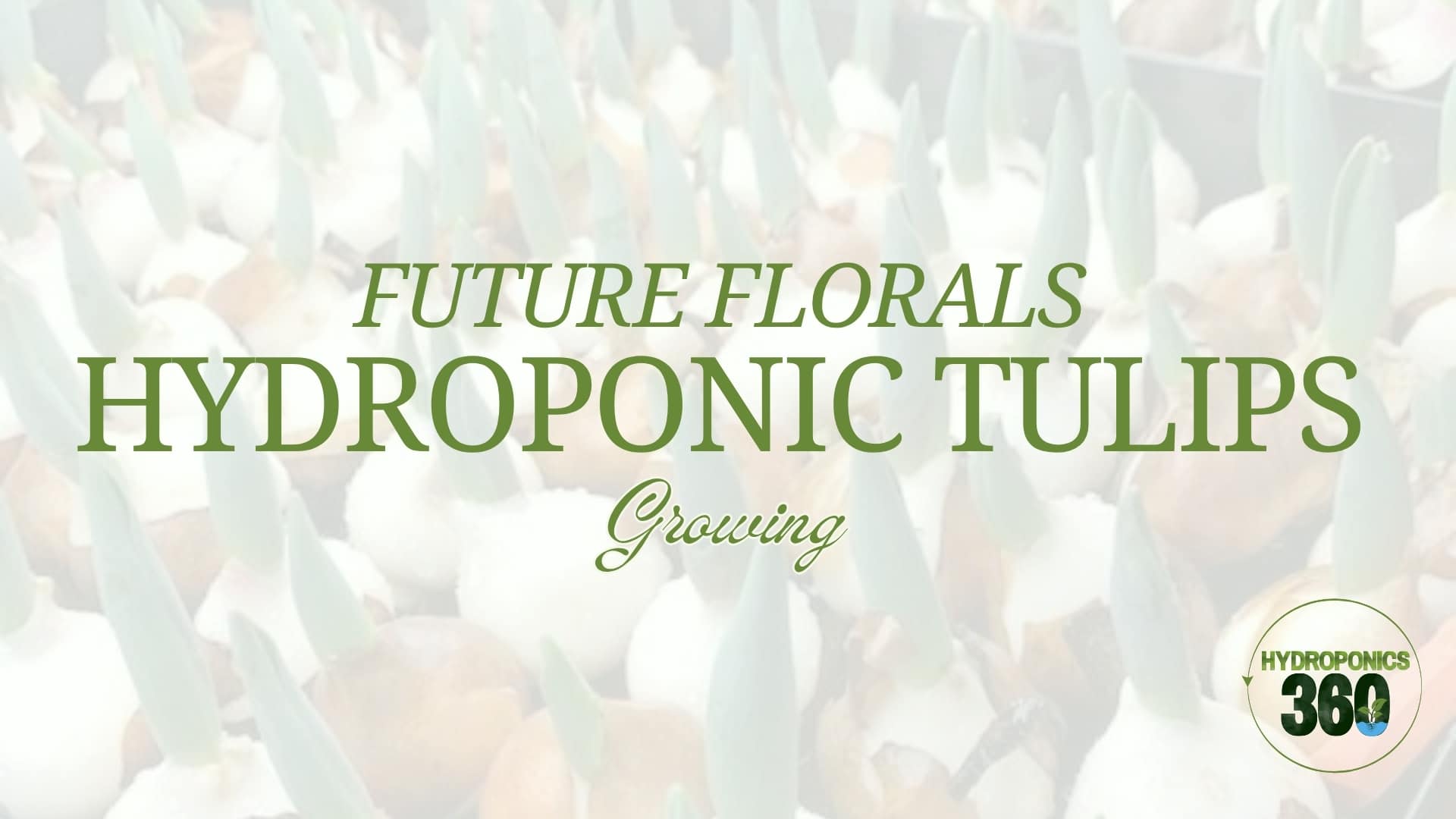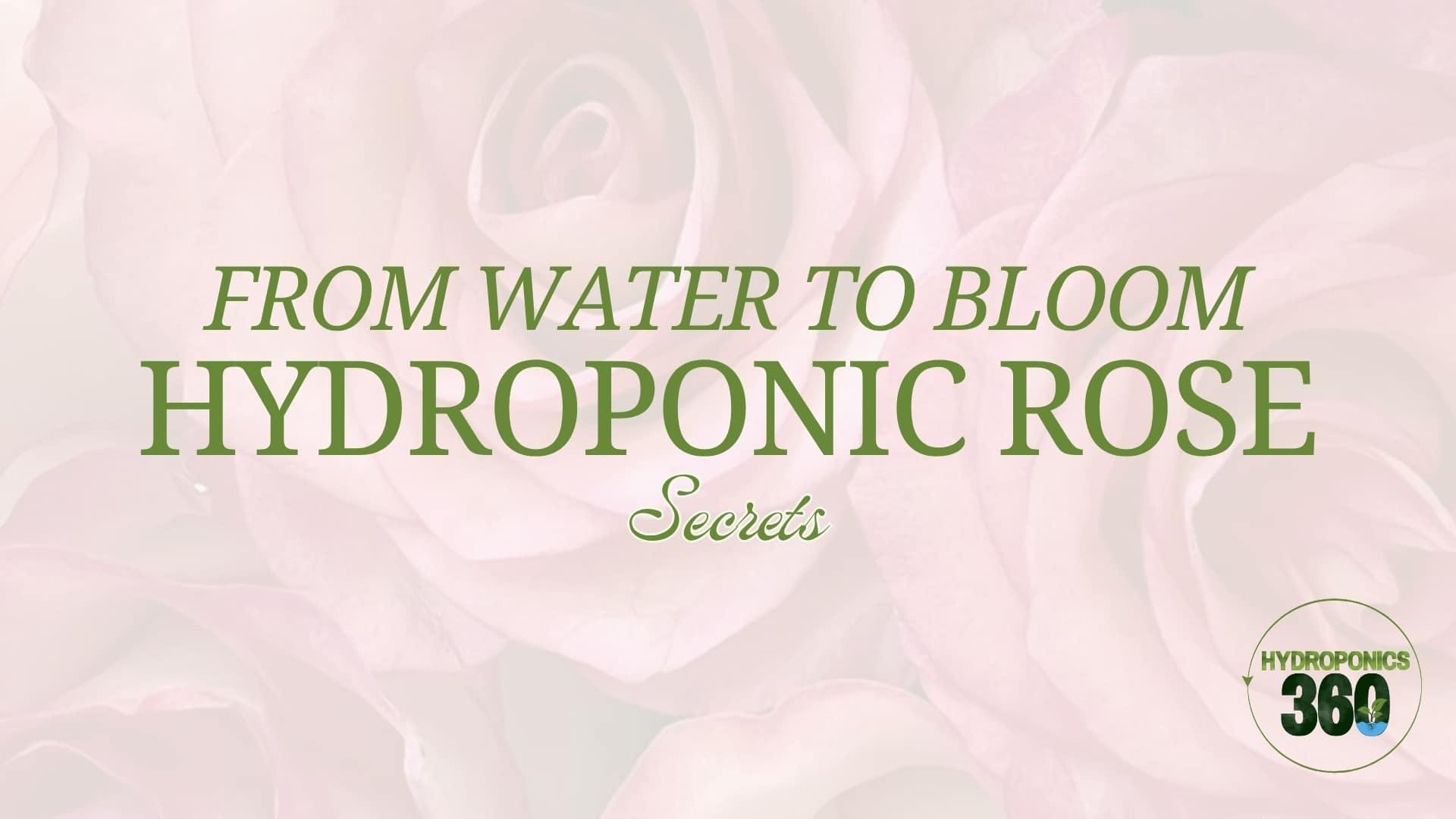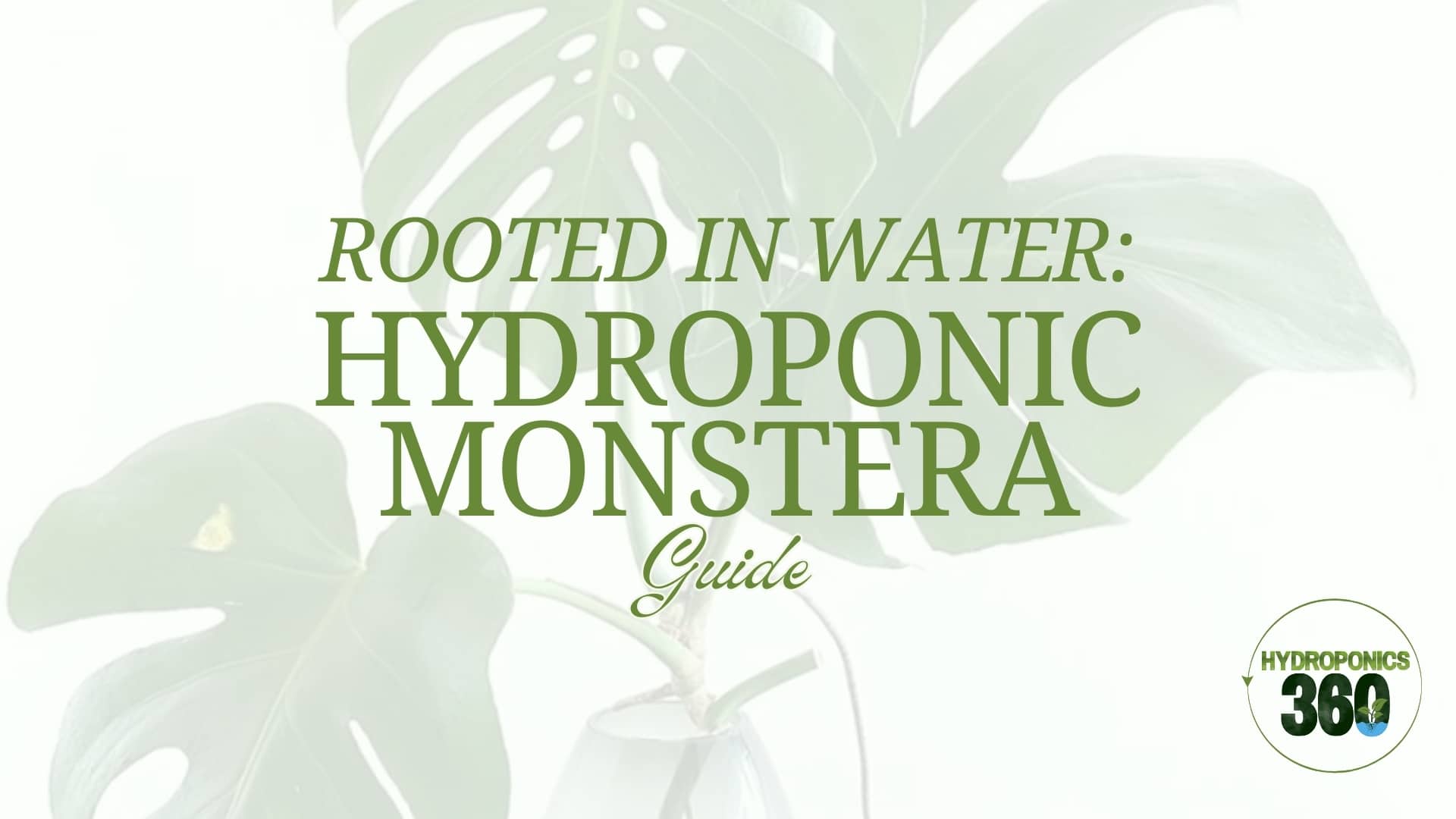Hydroponic Plants
Table Of Content
When I first moved into a small city apartment with no garden and limited sunlight, I assumed keeping plants indoors would be difficult. Then I discovered hydroponics—and everything changed. My little kitchen soon became a lush green retreat, and I began to understand how effective and beautiful hydroponic growing can be. Over time, I experimented with various houseplants and decorative species, learning how this soilless method is not only space-efficient but also environmentally friendly. This guide covers everything you need to know about hydroponic plants, from setup to care—plus a few lessons I picked up along the way.
What Exactly Are Hydroponic Plants?
Hydroponic plants are grown without soil. Instead, they receive nutrients directly from a water-based solution. Their roots are supported by inert growing mediums such as rockwool, clay pebbles, or coco coir. I still remember the first time I saw a peace lily thriving in a clear jar with nothing but water and clay pellets—it felt like I’d brought a little piece of nature into a futuristic space.
Starting with just a few simple containers, I was fascinated by how clean and low-maintenance the method was. The process used far less water than traditional soil-based care and made it easier to monitor plant health. Hydroponics became not just a solution for small-space gardening, but a way to connect with greenery in a more direct and visual way.
The Best Plants to Grow Hydroponically
Hydroponics offers more than just a novel way to grow—it allows you to turn your indoor spaces into living art galleries. Here are some of the best types of plants that thrive in hydroponic systems:
Flowers and Ornamental Plants
Many flowering and decorative plants flourish in water-based systems. Orchids, for example, are especially suited to semi-hydroponic setups using LECA (lightweight expanded clay aggregate). Their stunning blooms and exposed root systems offer a striking visual, especially when grown in transparent containers. Peace lilies are another great choice—resilient, elegant, and well-adapted to low light conditions.
These ornamental plants not only elevate the aesthetic of your space but also benefit from fewer pest problems and more consistent hydration.
Tip: Maintain proper humidity and indirect light to mimic the plants’ natural tropical environments.
Houseplants in a New Light
Many common houseplants adapt surprisingly well to hydroponics. Pothos (Devil’s Ivy), with its vibrant green vines and low-maintenance nature, is one of the easiest and most rewarding plants to grow hydroponically. The roots look beautiful suspended in clear water, giving it a modern, sculptural appeal. Other great options include Philodendrons, Spider Plants, ZZ Plants, and Chinese Evergreens—all of which thrive in water-based systems with minimal effort.
Beyond their decorative value, these plants help improve indoor air quality and make plant care more interactive, since root health and water clarity are visible at all times.
How to Care for Hydroponic Plants: Daily & Weekly Tips
You should know how to care for your Hydroponic plants. Here are the key points.
Daily Checks
Inspect your plants every day for any signs of stress, such as wilting, root discoloration, or algae buildup in the water. Even without soil, pests can appear—particularly in warmer seasons or overly humid environments. A quick daily glance goes a long way in preventing problems before they escalate.
Weekly Maintenance
Change the water or nutrient solution every 1–3 weeks depending on the plant type and container size. I use a gentle, hydroponic-safe liquid nutrient diluted to half strength for houseplants. A full water refresh also helps prevent algae and bacterial buildup. Clean containers and tools regularly to keep the environment sterile and safe.
Troubleshooting Common Issues
- Nutrient Imbalances: Yellowing leaves or stunted growth may point to a lack of essential nutrients. Adjusting the solution—either by diluting or refreshing it—usually resolves the issue.
- Algae and Mold: Excess light or standing water can encourage algae growth. Use opaque containers or wrap clear ones with dark fabric, and avoid placing your setup in direct, prolonged sunlight.
- Humidity and Mold: In small spaces, high humidity can lead to fungal issues. A small circulating fan or occasionally opening a window can keep air moving and humidity balanced.
Light, Temperature, and Humidity
Hydroponic plants need adequate light to photosynthesize properly. Most houseplants prefer 6–8 hours of bright, indirect light. I’ve found that windowsills with filtered sunlight or LED grow lights work well for consistent exposure.
Keep room temperatures stable between 65–75°F (18–24°C), and aim for moderate humidity levels. Too much humidity without airflow can lead to mold, especially around root zones. Simple adjustments like a fan or dehumidifier can create a stable environment.
Feeding Hydroponic Plants Properly
Even non-edible hydroponic plants need nutrients, since there’s no soil to supply them. Choose a balanced, water-soluble hydroponic nutrient formulated for general plant care. Avoid overfeeding, as ornamental plants typically require less than fruiting crops.
- Use half-strength solutions for houseplants to avoid burning roots.
- Top off with fresh water if the level drops due to evaporation.
- Flush the system every few weeks to remove any built-up residues.
The Unique Benefits of Hydroponic Plants
Here are the benefits of the hydroponic plants:
Cleaner, Healthier Living Spaces
One of the joys of growing hydroponic houseplants is the cleanliness of the method—no messy soil, fewer pests, and minimal mold risks when managed properly. These plants contribute to better indoor air quality and give your living space a fresh, vibrant energy.
Low-Maintenance, High Impact
With visible roots, no re-potting, and easy nutrient monitoring, hydroponic plant care is intuitive and rewarding. For people who travel or work long hours, these systems require less maintenance than traditional potted plants.
Stylish and Modern Decor
There’s something visually striking about hydroponic plants. Exposed roots in glass containers create a modern, minimalist aesthetic—perfect for contemporary spaces. Whether used on windowsills, desks, or hanging installations, hydroponic plants double as living decor.
Why Hydroponic Plants Are Ideal for Urban Living
In urban environments where space is limited, hydroponic systems offer a compact, efficient way to maintain greenery indoors. They can be set up in small corners, mounted on walls, or placed on shelves—requiring little more than a container, water, and light. Plus, they use significantly less water than soil-based setups, making them an environmentally responsible choice.
Hydroponic plants redefine what’s possible in small apartments or offices. They provide beauty, functionality, and serenity—without the bulk and mess of traditional gardening.
FAQs
Do hydroponic plants grow faster than soil-grown plants?
Yes, many houseplants grow more quickly in hydroponic systems due to direct access to water and nutrients.
Why might my hydroponic plant be struggling?
Check for nutrient imbalances, light issues, root rot, or poor water quality. Regular cleaning and monitoring can resolve most problems.
Are hydroponic houseplants safe for pets?
Many are, but always double-check the species. For example, peace lilies and philodendrons are not pet-safe if ingested.
Do I need a pump or fancy system to grow hydroponic plants?
No! Many hydroponic houseplants thrive in passive systems like mason jars or glass vases—no pumps required.
You May Also Like
- Discover the benefits of hydroponic grass—an eco-friendly, soil-free way to grow lush, nutrient-rich grass indoors or outdoors.
- Grow a stunning peace lily without soil! Discover how to care for peace lilies in water, including setup tips, light needs, and maintenance.
- Grow lush hydroponic pothos with ease! Learn hydroponic setup, care tips, and how to keep your pothos healthy and thriving year-round.
- Learn how to grow hydroponic orchids with semi-hydro or full water setups. Tips on setup, hydration, and nutrient care.
- Learn how to grow vibrant, soil-free hydroponic tulips. Discover ideal conditions, best tulip varieties, and tips for growers.
- Discover the beauty and benefits of hydroponic roses—grown without soil for vibrant blooms, faster growth, and sustainable gardening.
- Learn how to grow hydroponic Monstera with this guide. Explore the best water setup, nutrient tips for healthy, soil-free Monstera plants.
- Curious about what can be grown in hydroponics? Join us for hands-on advice and heartwarming stories that bring soil-free gardening to life.
